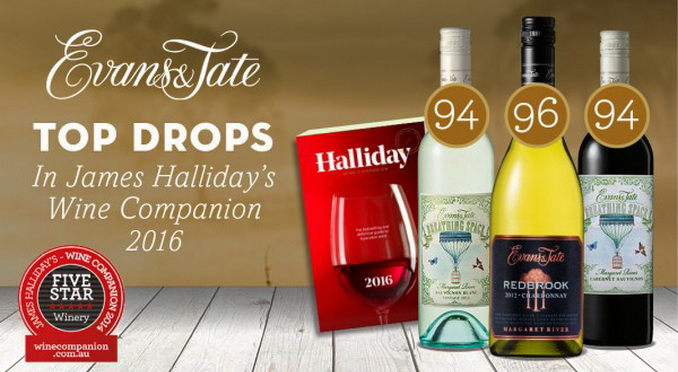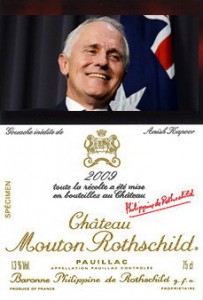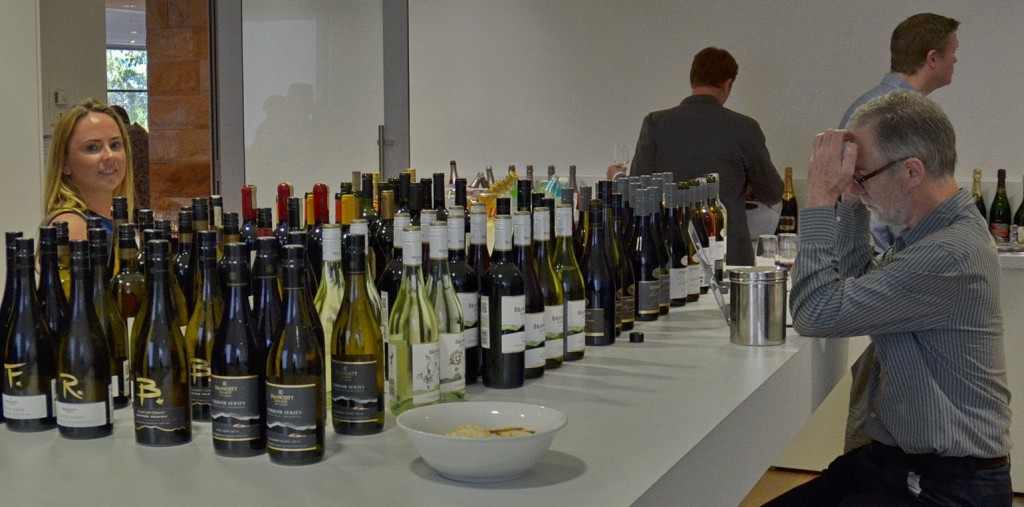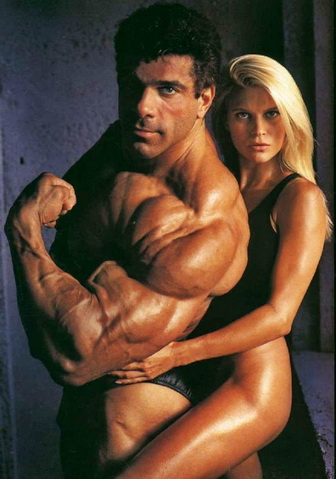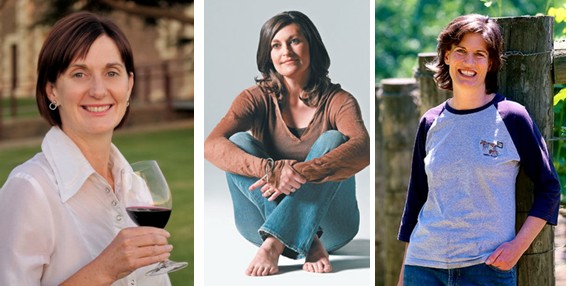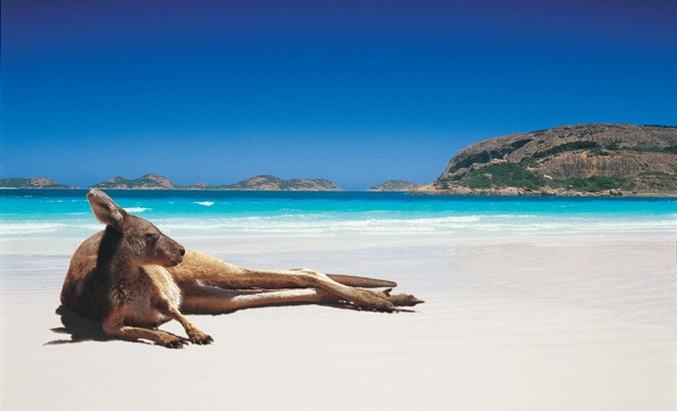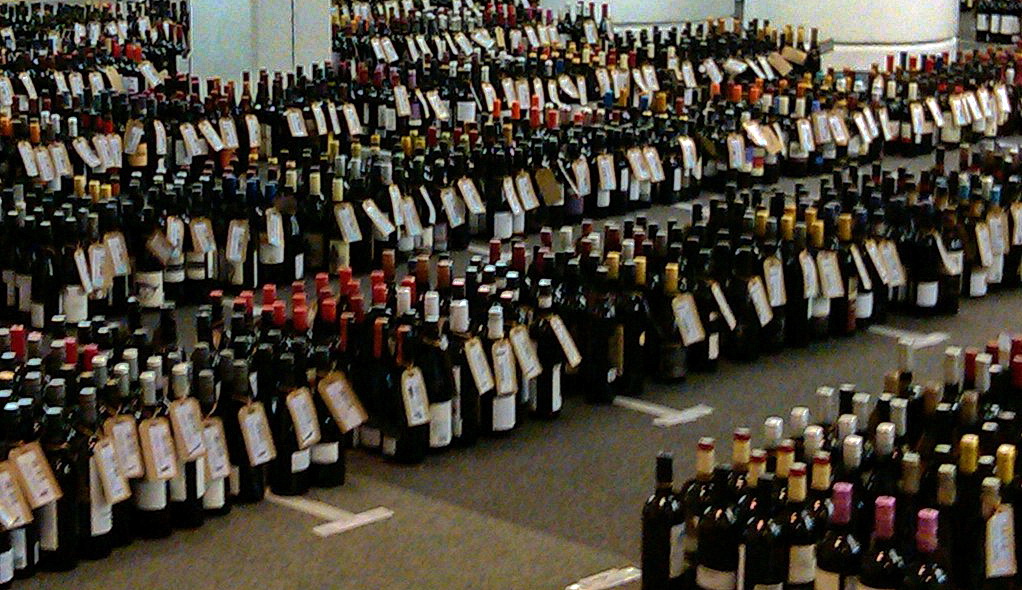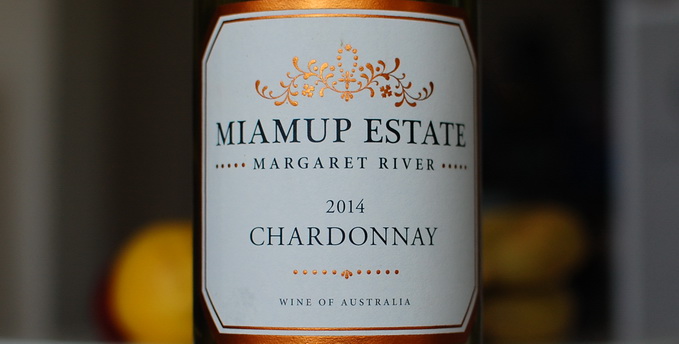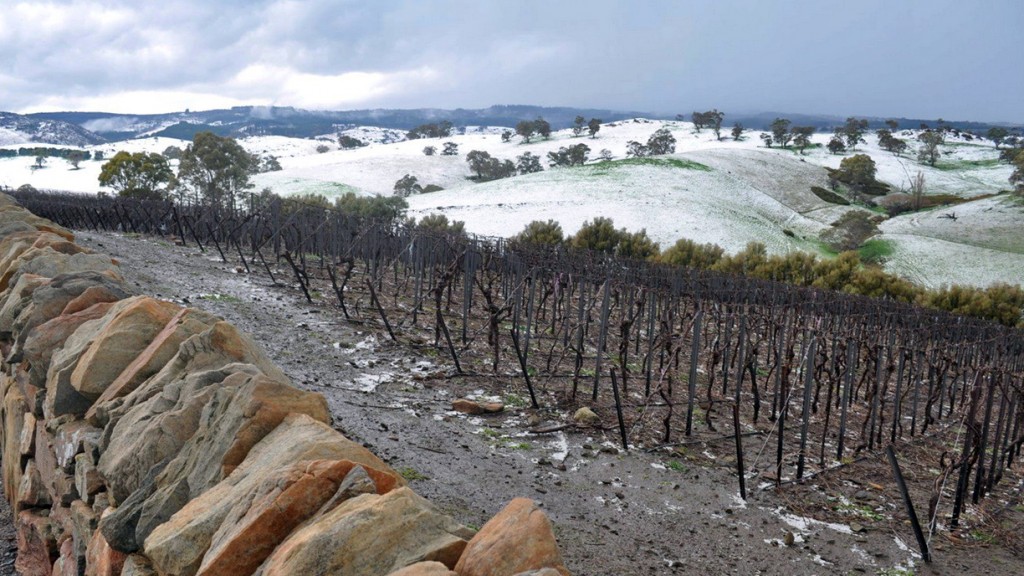Sticker Shock or Sticker Scam?
(This is an updated version of an earlier post)
I always read the mailer from Bert Werden at Winestar with interest. I can’t remember a Tuesday when it didn’t start with a 95 or 96 point Halliday sub-$20 bargain. Why does Bert start his mailer like that every week? Because it sells wine.
As I’ve written elsewhere, Halliday scores have become bankable currency that is more valuable to wine companies than major show trophies. More and more retailers now advertise secret deals purely on the basis of Halliday’s scores because they sell wine. Punters fall for these scams.
Yes, let’s call it for what it is: a scam. Wine companies and retailers pay for those Halliday stickers and the right to cite his rave reviews, just as they do for medal stickers from the big shows. In that post I wrote that the medal tally from the Decanter World Wine Awards and the International Wine Challenge 2015 was staggering: 11,152 out of some 16,000 entries for the DWWA, and a similar number for the IWC – in other words: 2 out of 3 wines scored medals.

